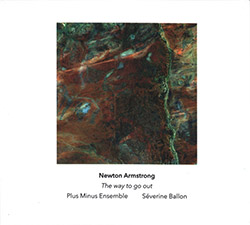
Three minimal works for small ensemble incorporating electronics by Australian-born, UK-resident composer Newton Armstrong: 2 performed by the London-based Plus-Minus Ensemble directed by Mark Knoop as an acoustic quartet configuration and one as an electroacoustic quartet; and a solo work for multiple cello layers and resonance performed by Séverine Ballon.
In Stock
Quantity in Basket: None
Log In to use our Wish List
Shipping Weight: 3.00 units
EU & UK Customers:
Discogs.com can handle your VAT payments
So please order through Discogs
Sample The Album:
Alice Purton-cello
Mark Knoop-conductor
Plus-Minus Ensemble-ensemble
Roderick Chadwick-piano
Elsa Bradley-vibraphone
Katarzyna Ziminska-violin
Severine Ballon-cello
Vicky Wright-bass clarinet
Tom Pauwels-electric guitar
Click an artist name above to see in-stock items for that artist.
Label: Another Timbre
Catalog ID: at167
Squidco Product Code: 29863
Format: CD
Condition: New
Released: 2020
Country: UK
Packaging: Cardboard Gatefold
Tracks 1 and 3 at the Performance Space, City, University of London, on December 19th-21st, 2018.
Track 2 recorded at the Performance Space, City, University of London, July 5th-7th, 2019.
Another Timbre Interview with Newton Armstrong
Firstly, could you tell us a bit about the three pieces on the disc. They seem to share a similar soundworld, so are they related in any way as different parts of one project?
It's not a clearly defined project but the pieces are certainly related. Around five years ago I discovered the paintings of Warlimpirrnga Tjapaltjarri at an exhibition in New York. I began to study them closely, particularly the ways in which the lines coalesce into unstable, shimmering surfaces. The paintings seemed to emit a weird kind of gravity and I found that fascinating not only for the optical effect, but also because there was a vastness and a quality of time that was familiar but also ungraspable. This may all seem distant from your question, but it's how the soundworld of the pieces came about. I became interested in how the "in-between" of line and surface that's so palpable in the paintings could present itself in music as a kind of problem of listening focus. From there, I began to work on some new approaches to musical line, repetition, and layering. These approaches run through all three pieces in different ways.
Your answer explains the title 'Thread-surface', but what about the other titles - 'A line alongside itself' and 'The way to go out'? What do these refer to?
A line alongside itself could have been used for any of the three pieces on the disc. It's a quite prosaic title, really. One way to think of a musical canon is as a line alongside itself, and all of these pieces are made from deformed, non-strict canons. In the Tjapaltjarri paintings, surface and texture emerge from the aggregate effect of placing self-similar (but non-identical) lines alongside themselves. I was working with related ideas.
The way to go out is borrowed from a Hunters and Collectors song. I don't remember how I ended up deciding on this one. There's possibly not much more to it than the fact that I found it quite open-ended and suggestive as a title, and the song is from an album that I've loved since I was a teenager. As it turned out, the piece was premiered a few days after the Brexit vote. For that performance the lyrics from the original song took on unintentional relevance: "And the way to go out was in a bottle of fear, in a body of anger and a gut full of beer."
I very much get the sense of shimmering surfaces in all three pieces, but I wouldn't have guessed that they originated in response to a visual artist's work. Does your interest in Tjapaltjarri's work connect with growing up in Australia, and do you still feel Australian even though you haven't lived there for nearly 20 years?
The first time I came to Europe, when I was around 20 years old, I couldn't escape the feeling that the sky might fall on my head. It was perhaps a difficulty in adjusting to unfamiliar light and space. But like many Australians of my generation, I was more or less educated as European, and this had also left me with a feeling of out-of-placeness in what is ostensibly my home.
All of this perhaps relates to my earlier comments about the tension between familiarity and ungraspability in the way that I encountered Tjapaltjarri's paintings. The patterns of light were familiar from growing up in Australia, but I couldn't get my half-European brain around the magnitudes of time, space and history that the paintings projected. I should also perhaps clarify that I wasn't trying to 'capture' anything of the paintings in music, however that might work. It's more that they were a catalyst to new ways for me to think about material and process, which in turn were entangled with what are perhaps quite generic mid-life preoccupations relating to origins and identity.
Not long after discovering the paintings, I read Bill Gammage's book The Greatest Estate on Earth. It's about the systems and science of First Nations land management in pre-colonial Australia. It closes with a challenge to new Australians: "We have a continent to learn". That has stuck with me, not so much as a statement of purpose (you can't learn a continent when you're living on an entirely different continent), but rather as an articulation of a moment of recognition that I had in that first encounter with the paintings.
Can you tell us about your background and how you came to experimental music?
I'm not sure that what I do is experimental music, at least not according to Cage's definition where outcomes are unforeseen. But there was definitely a moment when I first came to experimental music, when I met Chris Mann in 1990. That was a pivotal event. Up to that point I'd had the kind of broad musical education that was still possible before the neoliberalisation of everything. I'd also benefited from growing up with Salvation Army parents, which meant playing in brass bands and being surrounded by music. In 1990 I was studying composition at university. I basically wanted to be Stravinsky. Chris took an interest in me and I started spending a lot of time at his house, drinking tea and talking. He changed my mind about a lot of things and introduced me to people who were making music that excited me. The Melbourne experimental scene was thriving at that time, and I started going to concerts and performances that I previously wouldn't have heard about. It hasn't exactly been a straight-line trajectory since then, but I view that period as providing the foundations for the work I'm doing today.
I know that, having studied for your degree in Melbourne, you went to do several years of postgraduate study in the States. What drew you to Princeton?
I went to Princeton in 2001, then taught for a few yearsin the States before moving to London at the beginning of 2009. I was mostly busy with improvised music in the early 2000's, and Princeton was one of the few places where it was possible to pursue that kind of thingas part of a graduate programme in composition. I was quite heavily involved with the more technical side of music-making as well, programming computers and building electronic instruments. There were a few people working between the computer science and music departments at Princeton, and I quickly became part of that group.
My work has moved from what I was doing in those days, but there are also some connecting threads. All of my recent instrumental music has included electronic sounds, and these are usually treated in an 'instrumental' way, with the loudspeakers integrated into the ensemble. And all of my work for the past twenty years has involved computer programming at some point in the process. In Thread-surface and The way to go out, the deformed canons that I was speaking about earlier were all created by algorithms that I designed.
Can you describe some of the other projects you are working on, or have been working on in recent years?
Firstly I should say that everything has been pretty much on hold since March. I have a full-time university job. Part of my contract is designated to being a composer, but with the addition of many new teaching and management responsibilities since the first period of Covid-related lockdown, that part has effectively disappeared.
That said, there are a few new projects in the works. Since the beginning of the year, Jennifer Walshe and I have been engaged in an on-and-off conversation about a collaborative project, and that's starting to take shape, at least in outline form. There's also apotentially larger-scale project in Australia, and a few smaller commissions. There's a greater focus on collaboration in these new projects than there has been in my work of the past eight years or so. Composing can be a solitary activity at the best of times. With all of the mandated solitude of recent months, there's perhaps a stronger than usual inclination towards connection and collaboration. I've been speaking with a lot of other composers and artists since the advent of Covid, and I don't think I'm alone in responding in this way.

The Squid's Ear!
Artist Biographies
• Show Bio for Alice Purton "Alice Purton is a London-based cellist, who is much in demand as a chamber musician, contemporary music performer and improviser. Alice completed her Masters in Performance at the Royal College of Music in 2010, where she was taught by Melissa Phelps. Before this Alice studied with Karine Georgian and Raphael Wallfisch whilst she completed the prestigious Joint Course between the Royal Northern College of Music and the University of Manchester. Alice has also studied with Anssi Karttunen at the Acanthes Academie, and with Lucas Fels as part of the Britten-Pears Young Artist Programme. Alongside her work with Distractfold, Alice is also a member of Trio Atem, a Manchester-based ensemble who have been commissioning works for cello, voice and flute since 2007. Alice also appears regularly with Plus Minus Ensemble, and is the cellist with the Chagall Piano Quartet, who were recent finalists in the St. Martin-in-the-Fields chamber music competition. In 2015 she was invited to perform piano trios with Mark Knoop and Aisha Orazbayeva in the Music We'd Like To Hear series. Alice appears on 'The Music of Making Strange', a 2013 Carrier Records portrait of composer Alex Hills, and on 'pneuma', a 2014 collection of Martin Iddon's works for Another Timbre." ^ Hide Bio for Alice Purton • Show Bio for Mark Knoop "London based pianist and conductor Mark Knoop is known for his fearless performances and individual interpretations. He has commissioned and premièred countless new works and worked with many respected composers including Michael Finnissy, Joanna Bailie, Bryn Harrison, Bernhard Lang, Matthew Shlomowitz, Jennifer Walshe and Steven Kazuo Takasugi. His versatile technique and virtuosity also brings fresh approaches to the standard and 20th-century repertoire. Mark performs regularly throughout Europe, the United Kingdom and Australia and in New Zealand, South Korea, Mongolia, United States of America, Canada and at festivals including Transit (Leuven), Ultima (Oslo), Huddersfield, London Contemporary Music Festival, Borealis (Bergen), Spor (Århus), Athelas (Copenhagen), and MaerzMusik (Berlin). He performs with various ensembles including Plus-Minus (London/Brussels) and Apartment House (London), and has conducted EXAUDI (London), Scenatet (Denmark), and London Sinfonietta. His recordings of music by John Cage, Richard Beaudoin, Karlheinz Stockhausen, Peter Ablinger, and David Lumsdaine have been critically acclaimed." ^ Hide Bio for Mark Knoop • Show Bio for Plus-Minus Ensemble "Plus-Minus Ensemble is a London based ensemble committed to commissioning new work and placing it alongside recent and landmark modern repertoire. Formed in 2003 by Joanna Bailie and Matthew Shlomowitz, +- is distinguished by its interest in performative, electroacoustic and conceptual pieces, and experimental open works such as Stockhausen's 1963 classic, from which the group takes its name. Since 2019, +- is directed by Matthew Shlomowitz, Vicky Wright and Mark Knoop. +- has performed in London at Kammer Klang, Cafe Oto, BBC Radio 3 Open Ear, Cut and Splice, City University Concerts, and at Borealis (Bergen), Sampler Sèries (Barcelona), Fundación BBVA Bilbao, Huddersfield Contemporary Music Festival, MaerzMusik (Berlin), Spor Festival (Aarhus), Transit Festival (Leuven), Ultima Festival (Oslo) and Warsaw Autumn. +- has an ongoing relationship with Bath Spa University and the Guildhall School of Music and in September 2019 started a three-year role as Ensemble in Residence at the Reid School of Music (University of Edinburgh). The group has also given workshops and concerts at Stanford University, Durham University, Huddersfield University, University of Southampton and City, University of London." ^ Hide Bio for Plus-Minus Ensemble • Show Bio for Roderick Chadwick "Roderick Chadwick (born 1978) is an English classical pianist. Chadwick was born in Manchester, England, and studied music at ChethamÕs School of Music, St CatharineÕs College, Cambridge, and the Royal Academy of Music, where he studied with Hamish Milne. He received the Masco Carner Fellowship in 1997-1998, and joined the staff of the Royal Academy of Music in 1999. Chadwick has performed in many European countries, as well as in the United States and Asia. He has performed at Seoul Arts Centre, Auditorium du Louvre, Schloss Elmau and Tokyo Opera City Concert Hall, Wigmore Hall and others. In addition to solo performances, he is the founder of Plus-Minus Ensemble, and has performed with this group in a number of venues and festivals. He also performs regularly with the CHROMA chamber ensemble. Chadwick is especially interested in the music of Messiaen and his students, and has carried out musicological research into Messiaen's music. In performance, Chadwick focuses on contemporary and 20th-century music, and works with a number of contemporary composers, including Newton Armstrong, Gloria Coates, Michael Finnissy, Nicola Campogrande, Matthew Shlomowitz, Mihailo Trandafilovski, Bryn Harrison, Trond Reinholdtsen and Michel van der Aa. Roderick Chadwick has recorded several CDs for the Naxos, Innova, Metier and Guild labels, recording works by Gloria Coates, David Gorton, Nicola Campogrande and others. Chadwick teaches at the Royal Academy of Music, in London." ^ Hide Bio for Roderick Chadwick • Show Bio for Elsa Bradley "Elsa Bradley is a London-based freelance percussionist and timpanist, born and raised in Yorkshire. She graduated from King's College, London and the Royal College of Music with first-class degrees and has gone on to play in a variety of orchestral and chamber ensembles across the UK, Europe and Canada. As an orchestral musician, Elsa has freelanced in many of the UK's main orchestras including regular work with the BBC Symphony and Concert Orchestras, Britten Sinfonia, Opera North, City of London Sinfonia and Birmingham Contemporary Music Group. Both period and contemporary music feature heavily in Elsa's life and she plays in regular projects with various period ensembles, the award-winning Multi-Story Orchestra and new-music collective Plus Minus Ensemble. Elsa also plays the hammered dulcimer and cimbalom professionally, with the latter (and larger!) instrument notably having taken her to the BBC Proms with the London Sinfonietta and across to Montréal, Canada to play with Le Nouvel Ensemble Moderne. Folk music, both traditional and modern, is a genre Elsa really enjoys exploring on the hammered dulcimer and has played in numerous ensembles at venues including the Royal Academy of Music and Ronnie Scotts. In her free time Elsa likes to be outdoors, mostly cycling and exploring new places." ^ Hide Bio for Elsa Bradley • Show Bio for Katarzyna Ziminska "Katarzyna Zimińska started playing the violin at the age of seven and graduated with distinction from the class of Jerzy Hazuka at the Nowowiejski Music School in Gdansk, Poland in 2009. She has performed as a soloist and chamber musician in Poland, Italy, Austria, France, Russia and the UK in concert halls including the Polish Baltic Philharmony, Polish Radio Witold Lutosławski Concert Hall in Warsaw, Vienna Musikverein, Salzburg Mozarteum, UNESCO Concert Hall in Paris and all major concert venues in London. In 2010 she received an invitation to play for the legendary Japanese violinist, Midori Goto and in 2012 she played in a masterclass with maestro Maxim Vengerov. Her most recent awards include the Ivan Sutton Chamber Music Prize (2012). She graduated from the Guildhall School of Music and Drama studying violin with Stephanie Gonley of the English Chamber Orchestra and viola with Krzysztof Chorzelski, the violist of the Belcea Quartet. Kasia is a member of the Chagall Piano Quartet and the Salome String Quartet." ^ Hide Bio for Katarzyna Ziminska • Show Bio for Severine Ballon "Séverine Ballon's work focuses on regular performance of key works of the cello repertoire, as well as numerous collaborations with composers; in addition, her researches as an improviser have helped her to extend the sonic and technical resources of her instrument. She studied the cello at the Hochschule für Musik in Berlin and in Lübeck with Joseph Schwab and Troels Svane. In 2004-2005 she was 'academist' at the Ensemble Modern (Internationale Ensemble Modern Akademie). She perfected her contemporary cello technique with cellists Siegfried Palm, Pierre Strauch and Rohan de Saram. In 2005-2006 she was solo cellist of the Toulouse Chamber Orchestra, but subsequently decided to concentrate on contemporary music and on the premiere of new works. Currently she is working on developing extended techniques for her instrument and finding an appropriate notation. Séverine Ballon particularly enjoys working with contemporary composers and has worked with Helmut Lachenmann, Chaya Czernowin, Rebecca Saunders and Liza Lim. She has premiered a number of solo works which have been written especially for her, including those from Rebecca Saunders, Mauro Lanza and Franck Bedrossian. She has also worked with many of the best known contemporary music ensembles including Klangforum Wien, musikFabrik, Ensemble Intercontemporain and Ictus. She is a member of the Elision ensemble (Australia). Séverine Ballon gives masterclasses for composers at Harvard University, Stanford University, the Hochschule für Musik in Stuttgart, at the University of Huddersfield, the University of California Berkeley, and at the Tzlil Meudcan composition course (Israel)... In 2008-2009 she was resident artist at the Akademie Schloss Solitude in Stuttgart. Thanks to the Harvard French Scholarship Fund and an Arthur Sachs grant she will be a fellow at Harvard University during academic year 2014-2015. 2016-2017 she was a 'visiting artist at CCRMA/Stanford University She composed and interpreted the original music of the long feature movie 'the ornithologist' by Joao Pedro Rodrigues (2016)" ^ Hide Bio for Severine Ballon • Show Bio for Vicky Wright "Vicky Wright - Director Plus-Minus Ensemble, clarinets A founding member of Plus-Minus, Vicky Wright is also a member of the Danish ensemble Scenatet and has worked with the groups Lontano, Expose, Apartment House, Chroma and the Ruysdael Quartet. As a soloist she has performed at the Wigmore Hall, London; the Weill Recital Hall, Carnegie Hall, New York and was one of the 'flying soloists' in Birmingham Opera's award winning production of Stockhausen's Mittwoch aus Licht. She studied at the Royal Academy of Music, London, where she was awarded numerous prizes and at the Conservatorium van Amsterdam." ^ Hide Bio for Vicky Wright • Show Bio for Tom Pauwels "Tom Pauwels (Bornem, Belgium, 1974) studied classical guitar in Brussels, Köln and Münster with Albert Sundermann, Hubert Käppel and Reinbert Evers respectively.In 1995, during his studies at the Brussels Conservatory, he was involved in the founding of Black Jackets Company, a Brussels collective of composers and performers. Ever since these early experiments he has been active in the field of contemporary music, both on classical and electric guitar. From 1999 until 2001 he was a regular member of Champ D'Action, the Antwerp-based ensemble for experimental music. Since 2002 he has works as a co-artistic leader for the new music ensemble ICTUS (Brussels). Project-wise, he performs with the London based Plus-Minus ensemble. He has recorded works by Craenen, Lachenmann, Shlomowitz, Van Eycken, Guiraud, Trapani and for Cyprès (Ictus) works by Oehring, Harada, Romitelli and Aperghis. After a five year research project on new music for guitar he became a 'Laureate of the Orpheus Institute' with the thesis 'De Echo van 't Saluut'. Between 2002 and 2017 he has been in charge of teaching new music for guitar at the Conservatory of Gent where he has developed an advanced master program with emphasis on contemporary chamber music in collaboration with the Spectra ensemble and Ictus. His broad interest in performance has led to collaborations with choreographers as Xavier Le Roy (see 'Mouvements für Lachenmann), Maud Le Pladec (see 'Professor', 'Poetry' and 'Concrete') and Andros Zins-Browne (The Funerals)" ^ Hide Bio for Tom Pauwels
7/9/2025
Have a better biography or biography source? Please Contact Us so that we can update this biography.
7/9/2025
Have a better biography or biography source? Please Contact Us so that we can update this biography.
7/9/2025
Have a better biography or biography source? Please Contact Us so that we can update this biography.
7/9/2025
Have a better biography or biography source? Please Contact Us so that we can update this biography.
7/9/2025
Have a better biography or biography source? Please Contact Us so that we can update this biography.
7/9/2025
Have a better biography or biography source? Please Contact Us so that we can update this biography.
7/9/2025
Have a better biography or biography source? Please Contact Us so that we can update this biography.
7/9/2025
Have a better biography or biography source? Please Contact Us so that we can update this biography.
7/9/2025
Have a better biography or biography source? Please Contact Us so that we can update this biography.
Track Listing:
1. Thread-Surface 11:46
2. A Line Alongside Itself 21:20
3. The Way To Go Out 11:44
Compositional Forms
Quartet Recordings
London & UK Improv & Related Scenes
Solo Artist Recordings
Stringed Instruments
New in Compositional Music
Search for other titles on the label:
Another Timbre.

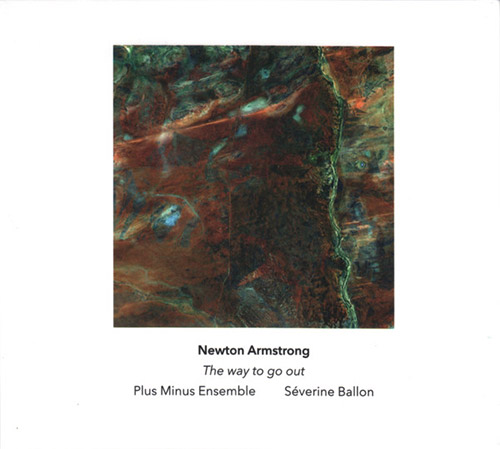
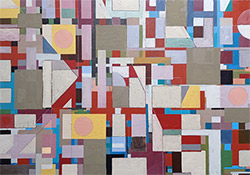
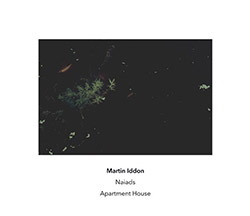
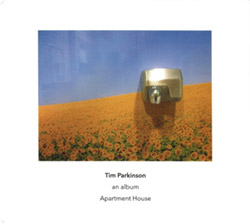
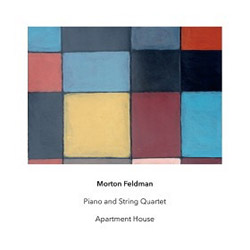
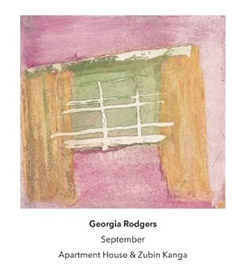
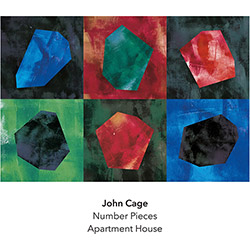
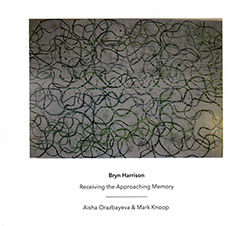

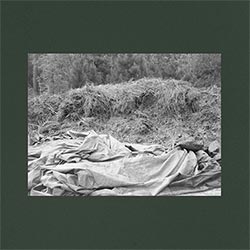
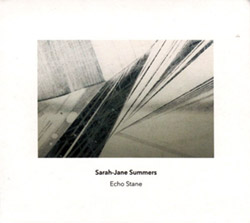
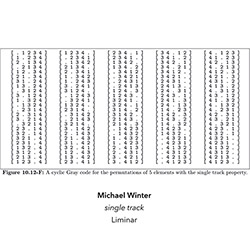
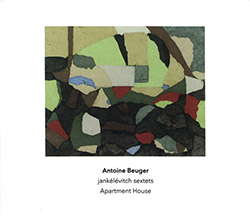
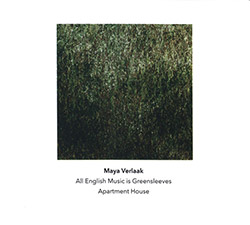
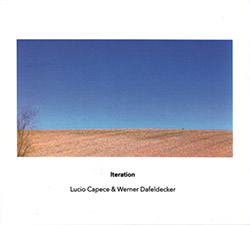
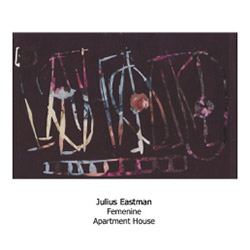
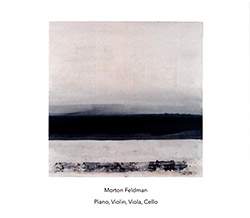
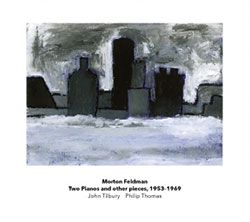
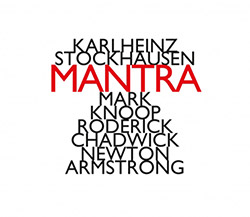
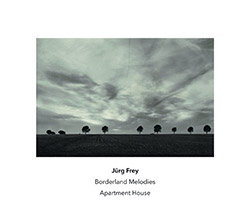
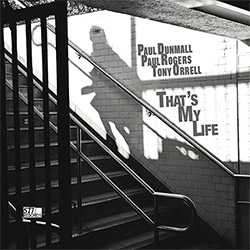
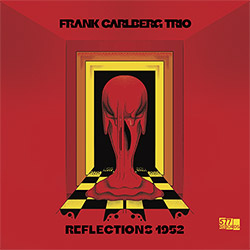
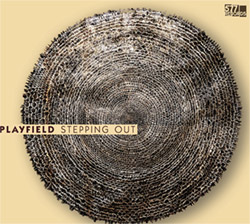
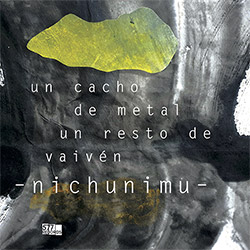
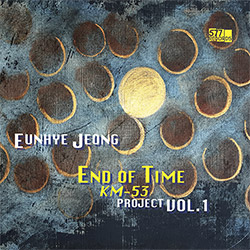
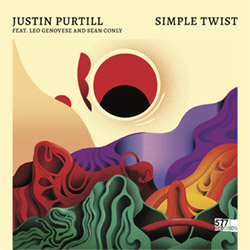
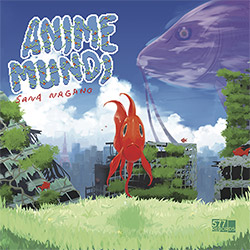


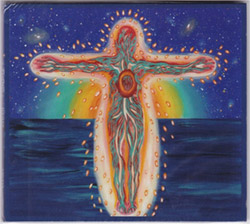
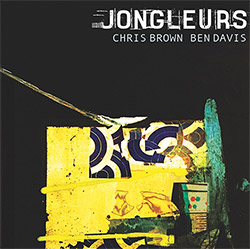
![BlueRing Improvisers: Materia [2 CDs]](https://www.teuthida.com/productImages/misc4/36513.jpg)
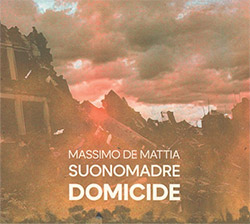
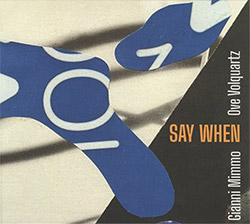
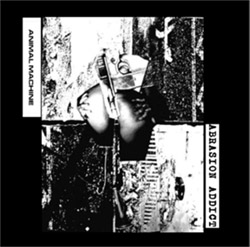

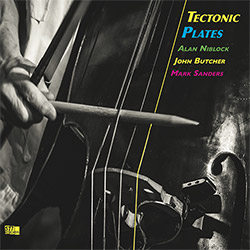
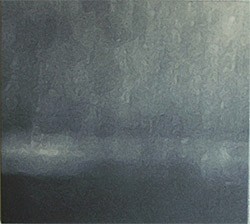
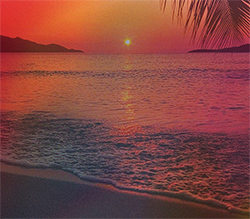
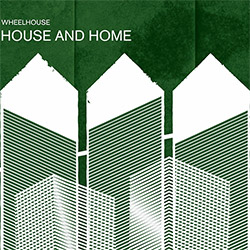
![Wheelhouse (Rempis / Adasiewicz / McBride): House And Home [VINYL]](https://www.teuthida.com/productImages/misc4/36462.jpg)
![+DOG+: The Light Of Our Lives [2 CDs]](https://www.teuthida.com/productImages/misc4/36009.jpg)

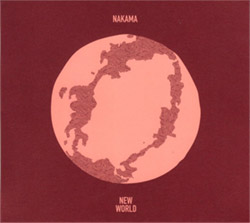
![Parker, Evan / Jean-Marc Foussat: Insolence [VINYL]](https://www.teuthida.com/productImages/misc4/36398.jpg)
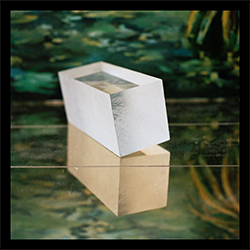
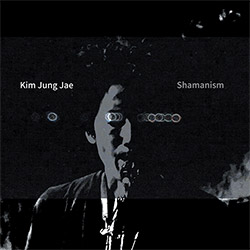
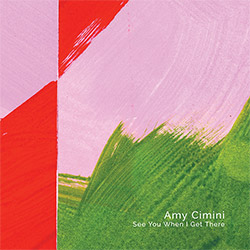
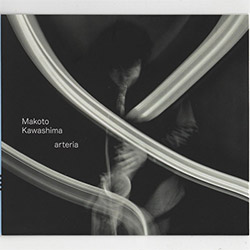
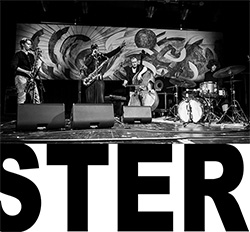
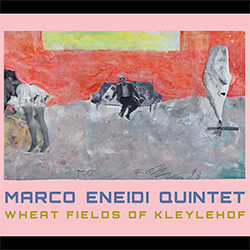
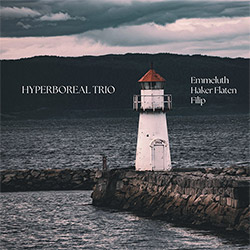
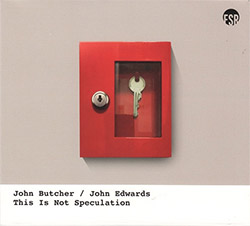
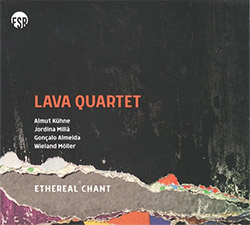
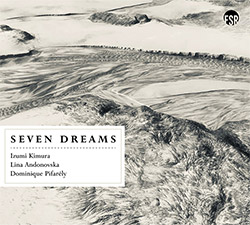
![Deupree, Jerome / Sylvie Courvoisier / Lester St. Louis / Joe Morris: Canyon [2 CDs]](https://www.teuthida.com/productImages/misc4/36404.jpg)

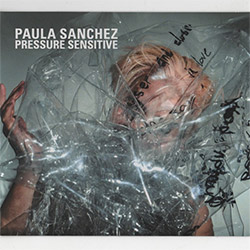

![Eventless Plot | Haarvol: The Subliminal Paths [CASSETTE + DOWNLOAD]](https://www.teuthida.com/productImages/misc4/36232.jpg)

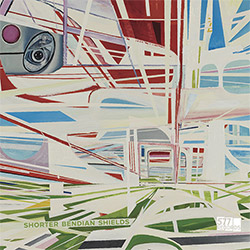
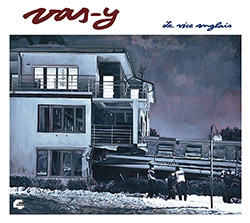
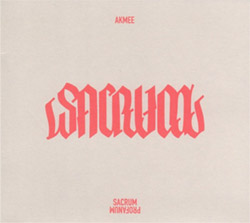

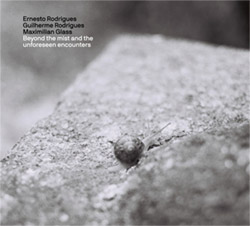
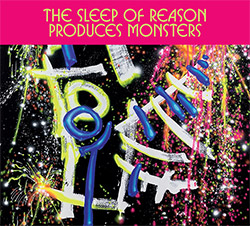
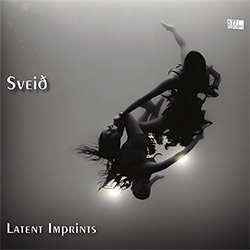
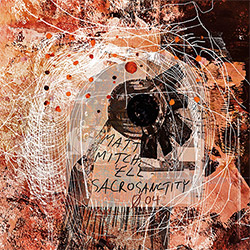
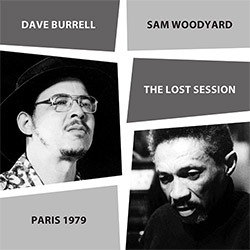
![Eventless Plot | Francesco Covarino: Methexis [CASSETTE + DOWNLOAD]](https://www.teuthida.com/productImages/misc4/36231.jpg)
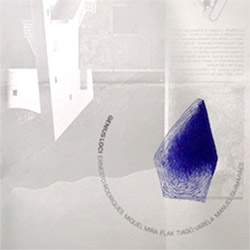
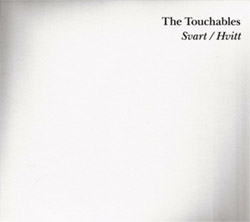
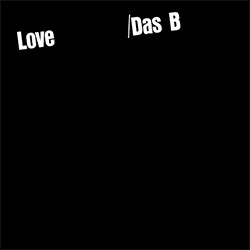
![Das B (Mazen Kerbaj / Mike Majkowski / Magda Mayas / Tony Buck): Love [VINYL]](https://www.teuthida.com/productImages/misc4/36329.jpg)
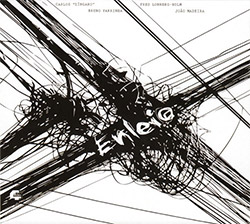

![Eternities: Rides Again [CASSETTE]](https://www.teuthida.com/productImages/misc4/36247.jpg)
![Lopez, Francisco: Untitled (2021-2022) [2 CDs]](https://www.teuthida.com/productImages/misc4/36438.jpg)


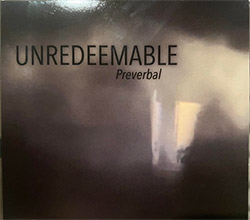
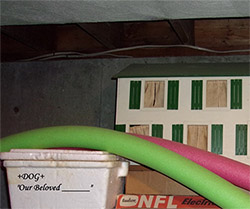
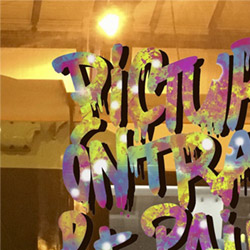
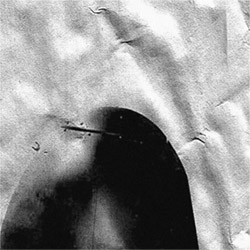
![Money : Money 2 [2 CDs]](https://www.teuthida.com/productImages/misc4/35894.jpg)
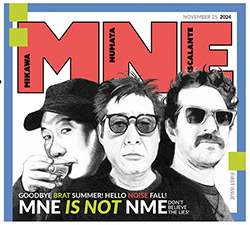

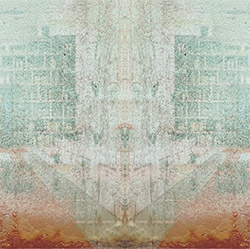
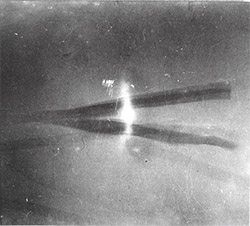
![Klinga, Erik: Elusive Shimmer [VINYL]](https://www.teuthida.com/productImages/misc4/36258.jpg)
![CHANGES TO blind (Phil Zampino): Volume 9 - I Wave on a Fine Vile Mist [CD + DOWNLOAD]](https://www.teuthida.com/productImages/misc4/36061.jpg)

![Wallmart / Rubbish: Asset Protection [split CD]](https://www.teuthida.com/productImages/misc4/35900.jpg)
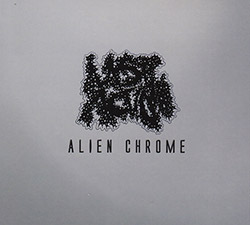
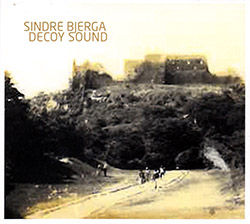
![+Dog+: The Family Music Book Vol. 5 [2 CDs]](https://www.teuthida.com/productImages/misc4/35897.jpg)
![Kuvveti, Deli : Kuslar Soyledi [CASSETTE w/ DOWNLOAD]](https://www.teuthida.com/productImages/misc4/36107.jpg)

![Brown, Dan / Dan Reynolds: Live At The Grange Hall [unauthorized][CASSETTE]](https://www.teuthida.com/productImages/misc4/36245.jpg)


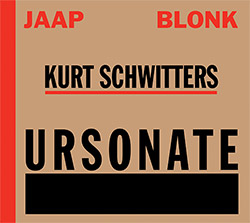
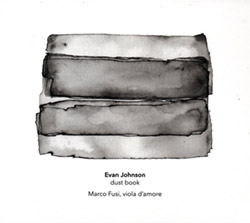
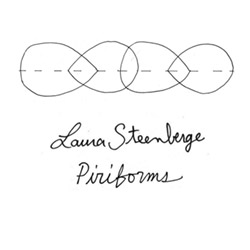
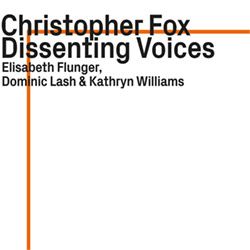

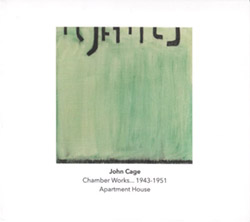
![Palestine, Charlemagne / Seppe Gebruers: Beyondddddd The Notessssss [VINYL]](https://www.teuthida.com/productImages/misc4/36206.jpg)
![Palestine, Charlemagne / Seppe Gebruers: Beyondddddd The Notessssss [NEON GREEN VINYL]](https://www.teuthida.com/productImages/misc4/36207.jpg)
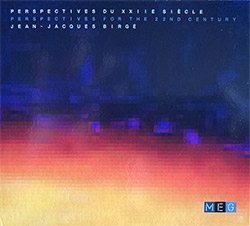
![Laubrock, Ingrid: Purposing The Air [2 CDs]](https://www.teuthida.com/productImages/misc4/35639.jpg)
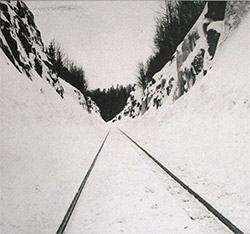
![Yoko, Ono / The Great Learning Orchestra: Selected Recordings From Grapefruit [2 CDs]](https://www.teuthida.com/productImages/misc4/35841.jpg)

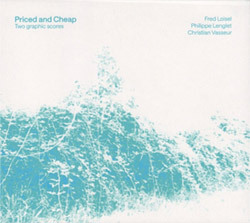
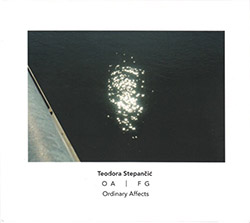
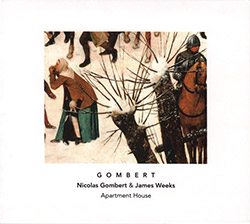

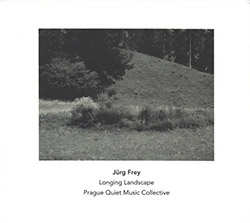
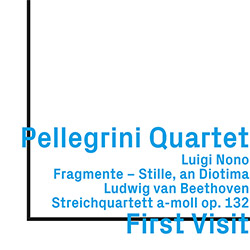
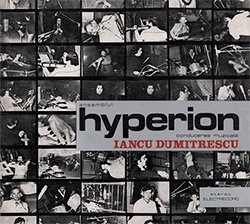
![Zorn, John / JACK Quartet: The Complete String Quartets [2 CDs]](https://www.teuthida.com/productImages/misc4/35609.jpg)
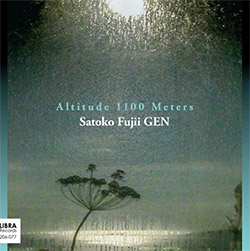
![Lonsdale, Eden: Dawnings [2 CDs]](https://www.teuthida.com/productImages/misc4/35480.jpg)
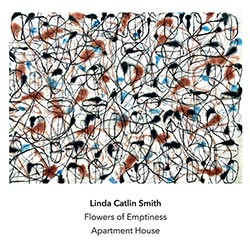
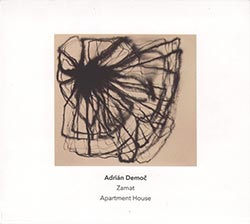

![Sorry For Laughing (G. Whitlow / M. Bates / Dave-Id / E. Ka-Spel): Rain Flowers [2 CDS]](https://www.teuthida.com/productImages/misc4/35985.jpg)

![Rolando, Tommaso / Andy Moor : Biscotti [CASSETTE w/ DOWNLOADS]](https://www.teuthida.com/productImages/misc4/36106.jpg)


![Electric Bird Noise / Derek Roddy: 8-10-22 [CD EP]](https://www.teuthida.com/productImages/misc4/35970.jpg)








![Elephant9 : Mythical River [VINYL]](https://www.teuthida.com/productImages/misc4/34624.jpg)



![Elephant9 with Terje Rypdal: Catching Fire [VINYL 2 LPs]](https://www.teuthida.com/productImages/misc4/35355.jpg)
![Deerlady (Obomsawin, Mali / Magdalena Abrego): Greatest Hits [VINYL]](https://www.teuthida.com/productImages/misc4/34876.jpg)
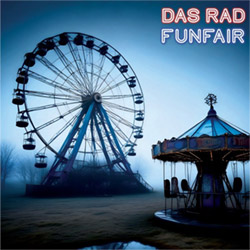
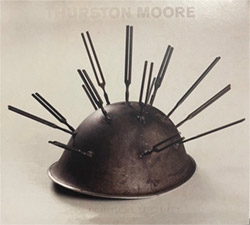
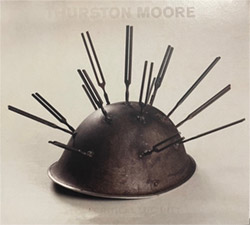
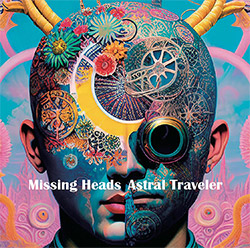
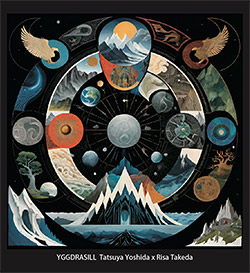
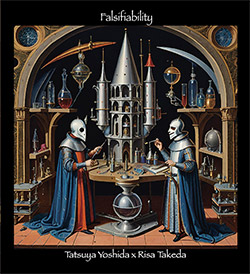
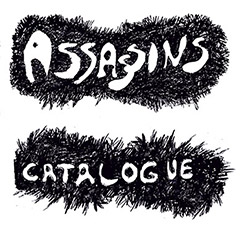
![Surplus 1980: Illusion of Consistency [CD]](https://www.teuthida.com/productImages/misc4/35069.jpg)
![Staiano, Moe: Away Towards the Light [VINYL + DOWNLOAD]](https://www.teuthida.com/productImages/misc4/35037.jpg)
![Coley, Byron: Dating Tips for Touring Bands [VINYL]](https://www.teuthida.com/productImages/misc4/17906.jpg)

![Lost Kisses: My Life is Sad & Funny [DVD]](https://www.teuthida.com/productImages/misc4/lostKissesDVD.jpg)